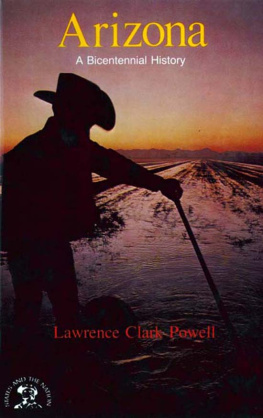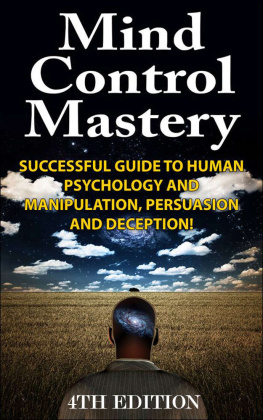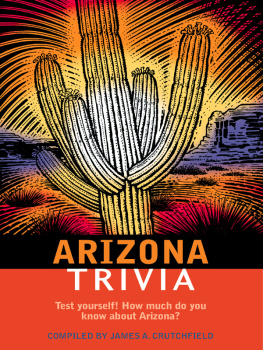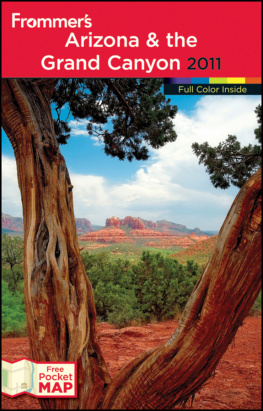
Copyright 1976
by American Association for State and Local History
Nashville
All rights reserved
The Library of Congress has cataloged the printed edition as follows:
Powell, Lawrence Clark, 1906
Arizona : a bicentennial history.
(The States and the Nation series)
Bibliography: p.
Includes index.
1. ArizonaHistory. I. Title. II. Series.
F811.P73 979.1 762738
ISBN 0-393-05575-2
ISBN 978-0-393-05575-7
ISBN 978-0-393-24361-1 (e-book)
TO FAY
heroine of this book
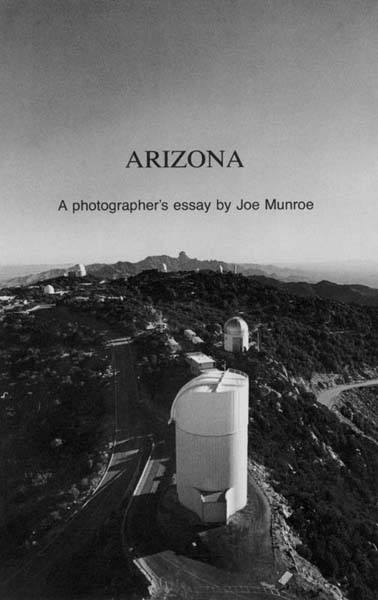
Kitt Peak National Observatory near Tucson.
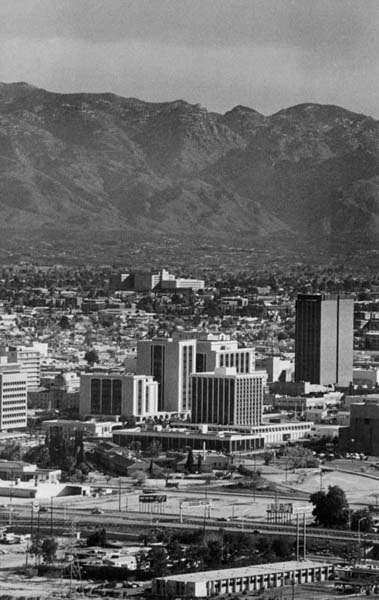
Tucson skyline.
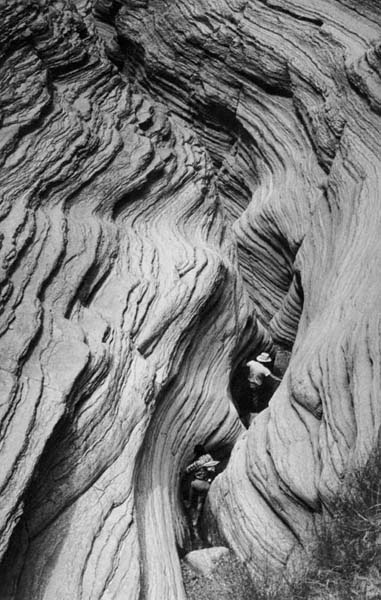
Matkatamiba Canyon, a side canyon of the Colorado River in the Grand Canyon.

Taliesin West, Frank Lloyd Wright architectural school, Scottsdale.
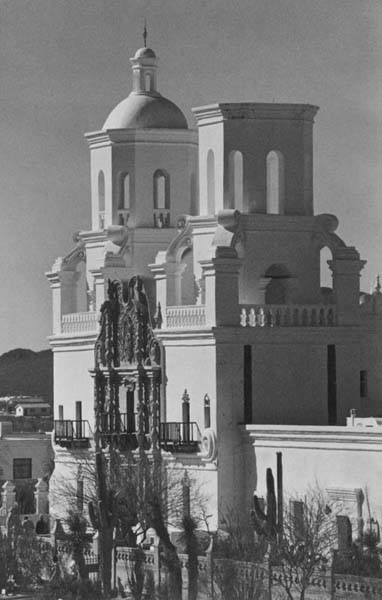
Mission San Xavier del Bac near Tucson.

Arizona cacti: cholla, saguaro, Engelmann prickly pear.
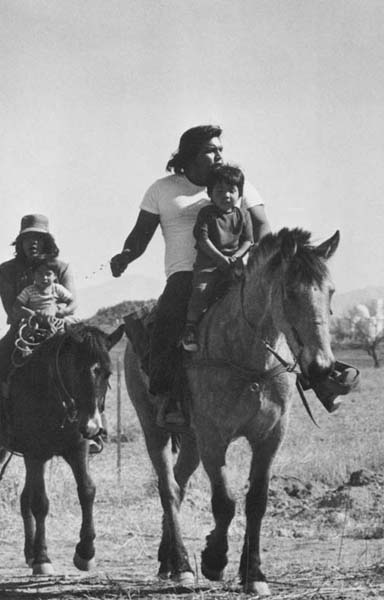
Indian family near Mission San Xavier del Bac outside Tucson.
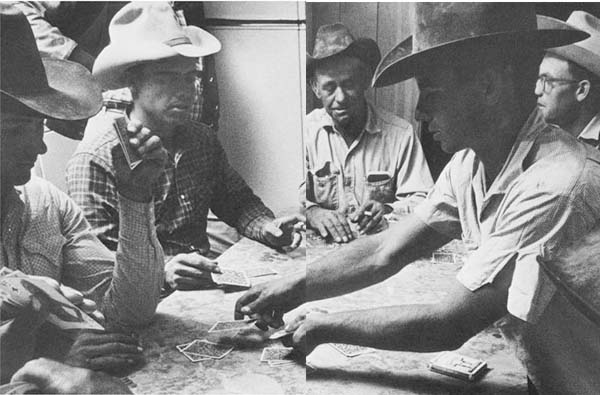
Poker game on a ranch near Seligman.
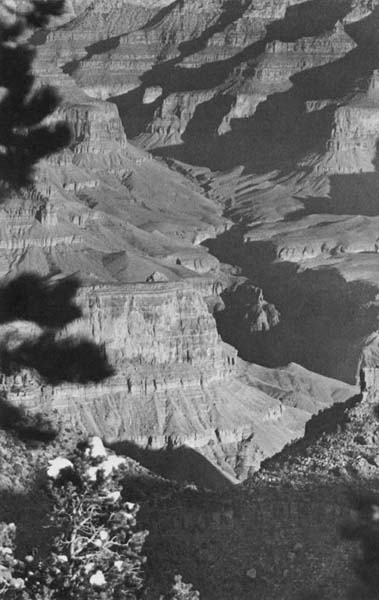
The Grand Canyon.

Copper mine at Ajo.

Helicopter spraying agricultural insecticide near Phoenix.

Harvesting barley near Phoenix.
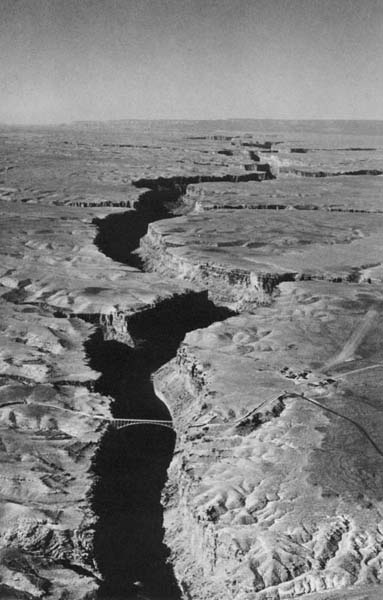
Navaho Bridge on Route 89 crossing the Colorado River in Marble Canyon.
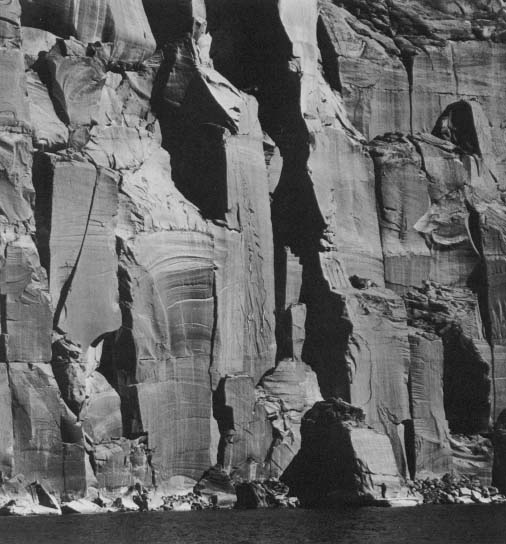
Cliffs at Lake Powell.
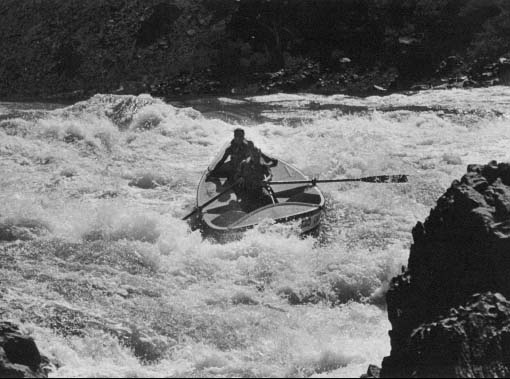
Wooden dory in Lava Falls rapids, Colorado River, Grand Canyon.
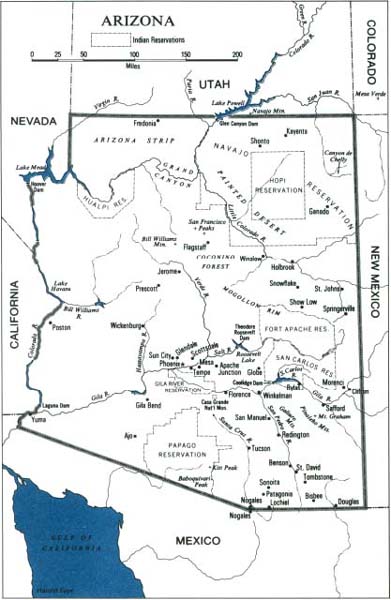
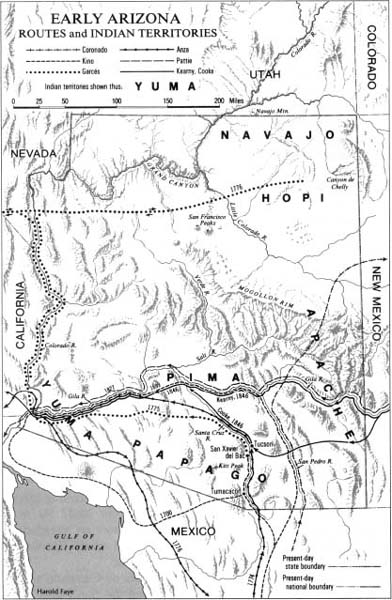
IN 1807, former President John Adams argued that a complete history of the American Revolution could not be written until the history of change in each state was known, because the principles of the Revolution were as various as the states that went through it. Two hundred years after the Declaration of Independence, the American nation has spread over a continent and beyond. The states have grown in number from thirteen to fifty. And democratic principles have been interpreted differently in every one of them.
We therefore invite you to consider that the history of your state may have more to do with the bicentennial review of the American Revolution than does the story of Bunker Hill or Valley Forge. The Revolution has continued as Americans extended liberty and democracy over a vast territory. John Adams was right: the states are part of that story, and the story is incomplete without an account of their diversity.
The Declaration of Independence stressed life, liberty, and the pursuit of happiness; accordingly, it shattered the notion of holding new territories in the subordinate status of colonies. The Northwest Ordinance of 1787 set forth a procedure for new states to enter the Union on an equal footing with the old. The Federal Constitution shortly confirmed this novel means of building a nation out of equal states. The step-by-step process through which territories have achieved self-government and national representation is among the most important of the Founding Fathers legacies.
The method of state-making reconciled the ancient conflict between liberty and empire, resulting in what Thomas Jefferson called an empire for liberty. The system has worked and remains unaltered, despite enormous changes that have taken place in the nation. The countrys extent and variety now surpass anything the patriots of 76 could likely have imagined. The United States has changed from an agrarian republic into a highly industrial and urban democracy, from a fledgling nation into a major world power. As Oliver Wendell Holmes remarked in 1920, the creators of the nation could not have seen completely how it and its constitution and its states would develop. Any meaningful review in the bicentennial era must consider what the country has become, as well as what it was.
The new nation of equal states took as its motto E Pluribus Unumout of many, one. But just as many peoples have become Americans without complete loss of ethnic and cultural identities, so have the states retained differences of character. Some have been superficial, expressed in stereotyped imagesbig, boastful Texas, sophisticated New York, hillbilly Arkansas. Other differences have been more real, sometimes instructively, sometimes amusingly; democracy has embraced Huey Longs Louisiana, bilingual New Mexico, unicameral Nebraska, and a Texas that once taxed fortunetellers and spawned politicians called Woodpecker Republicans and Skunk Democrats. Some differences have been profound, as when South Carolina secessionists led other states out of the Union in opposition to abolitionists in Massachusetts and Ohio. The result was a bitter Civil War.
The Revolutions first shots may have sounded in Lexington and Concord; but fights over what democracy should mean and who should have independence have erupted from Pennsylvanias Gettysburg to the Bleeding Kansas of John Brown, from the Alamo in Texas to the Indian battles at Montanas Little Bighorn. Utah Mormons have known the strain of isolation; Hawaiians at Pearl Harbor, the terror of attack; Georgians during Shermans march, the sadness of defeat and devastation. Each states experience differs instructively; each adds understanding to the whole.
Next page
